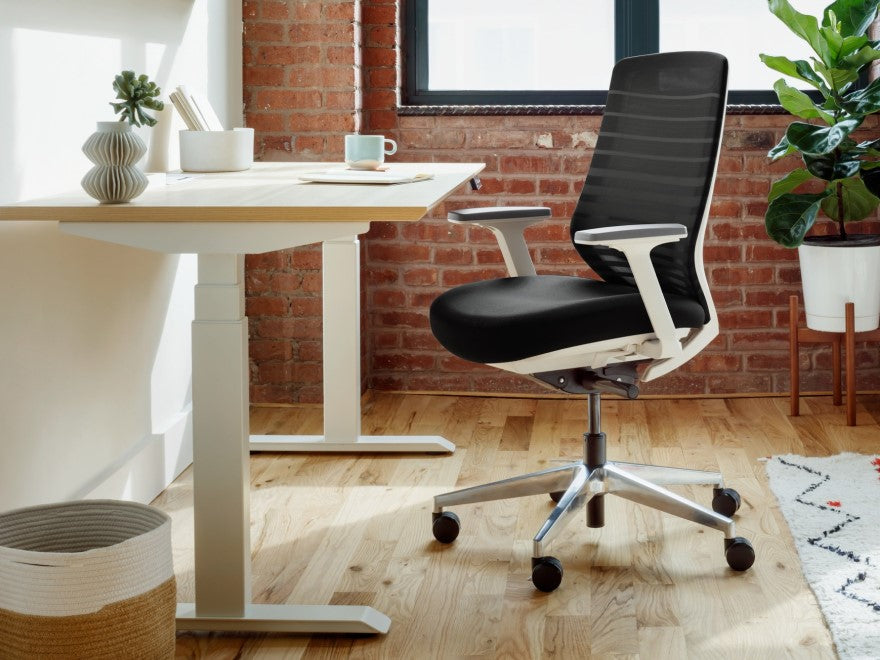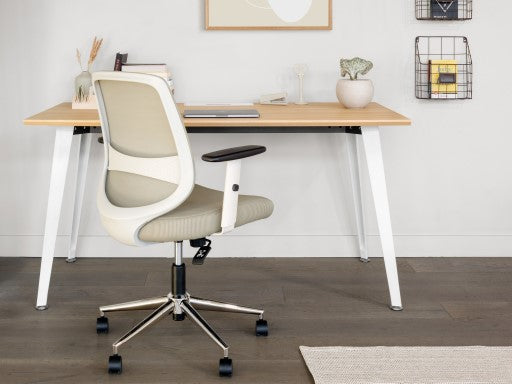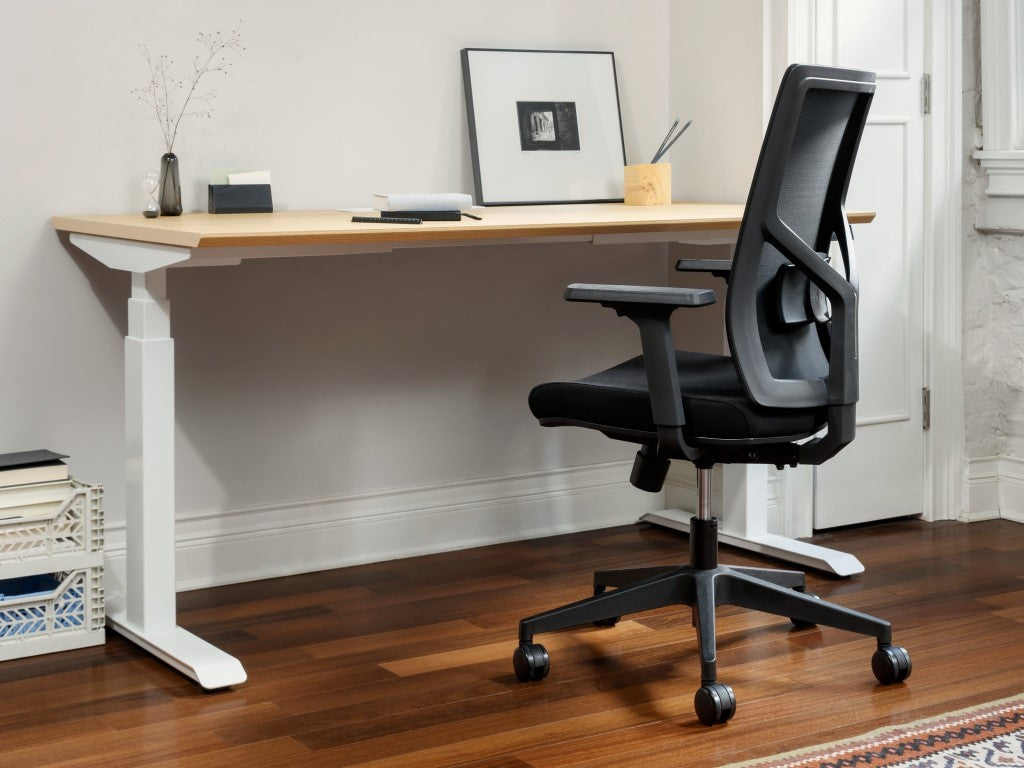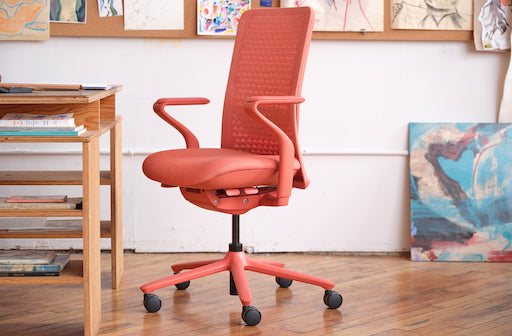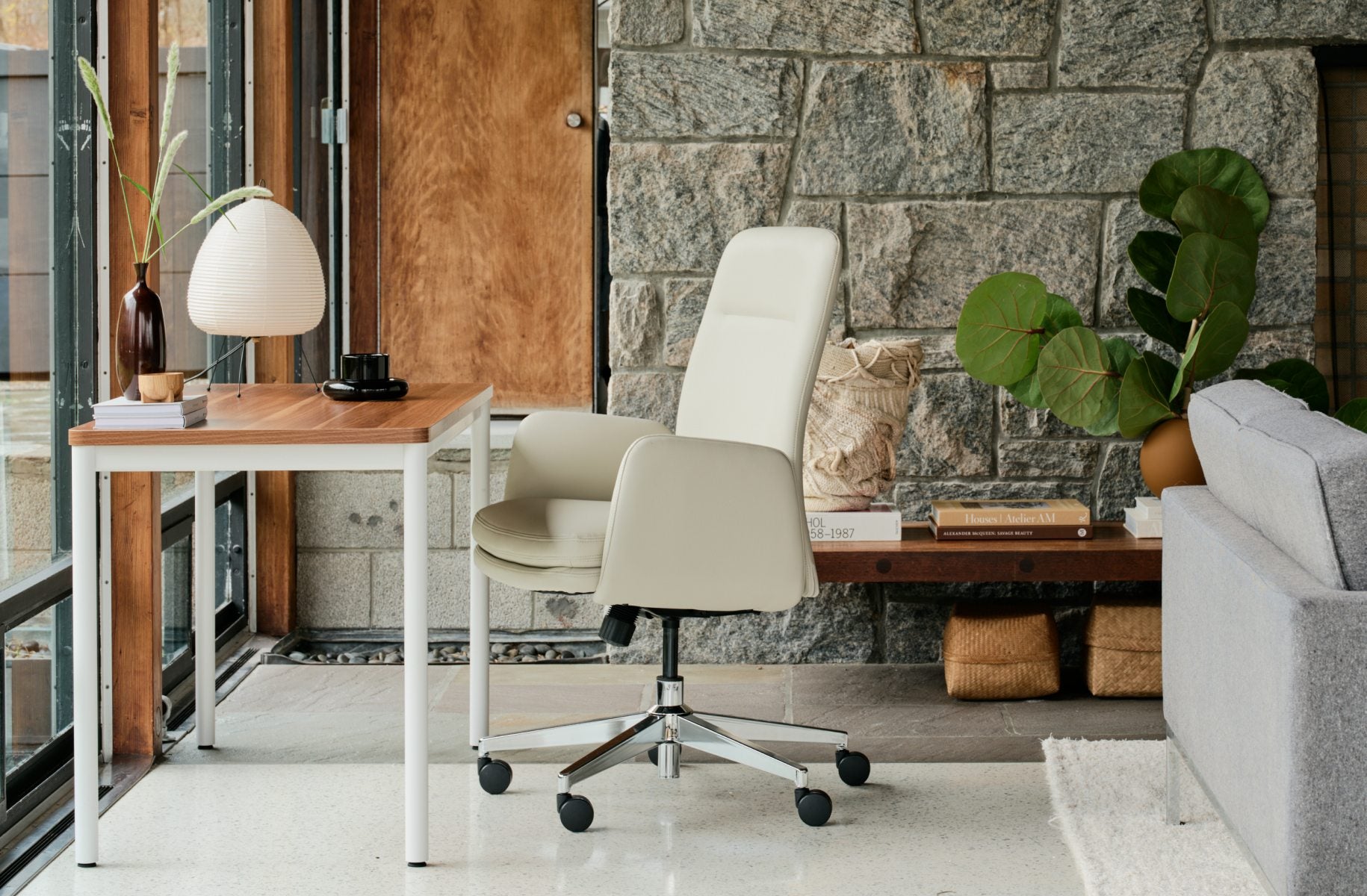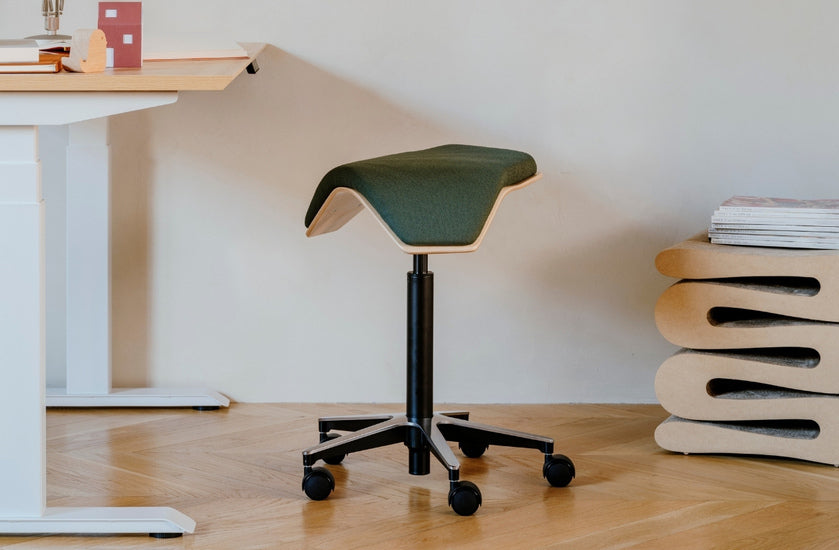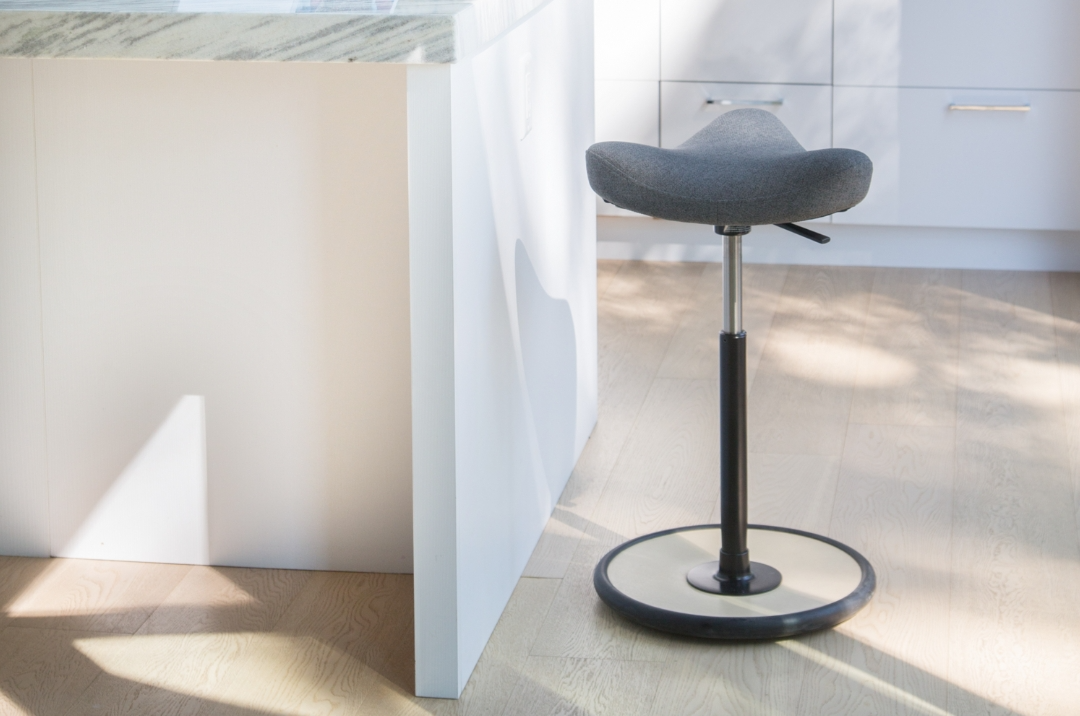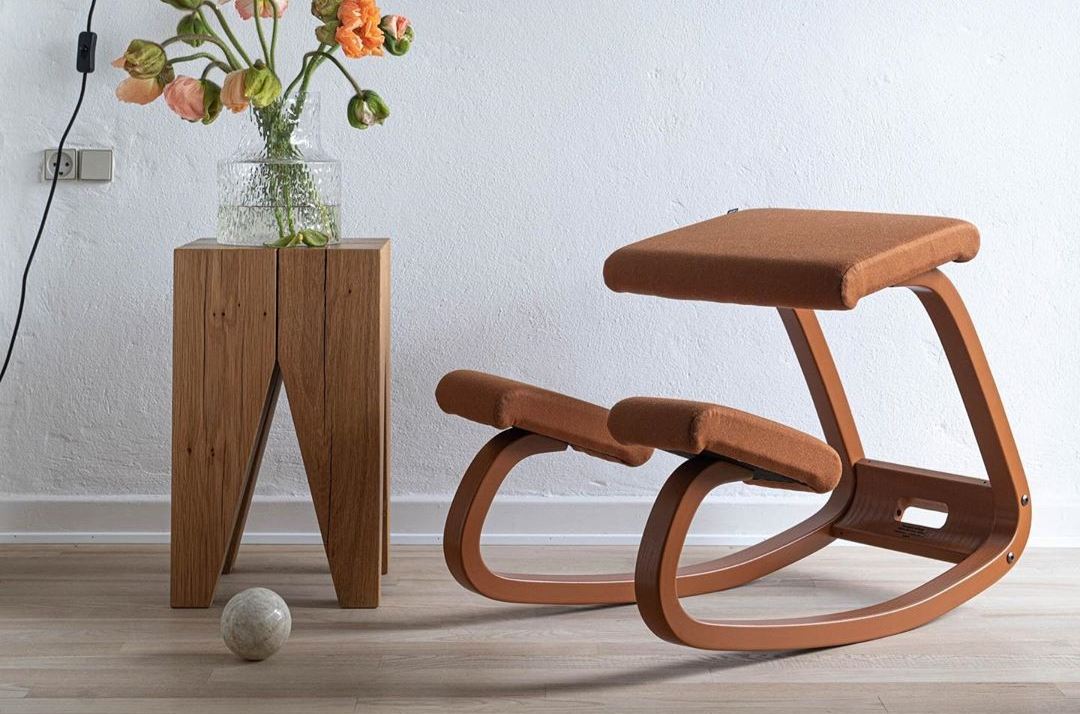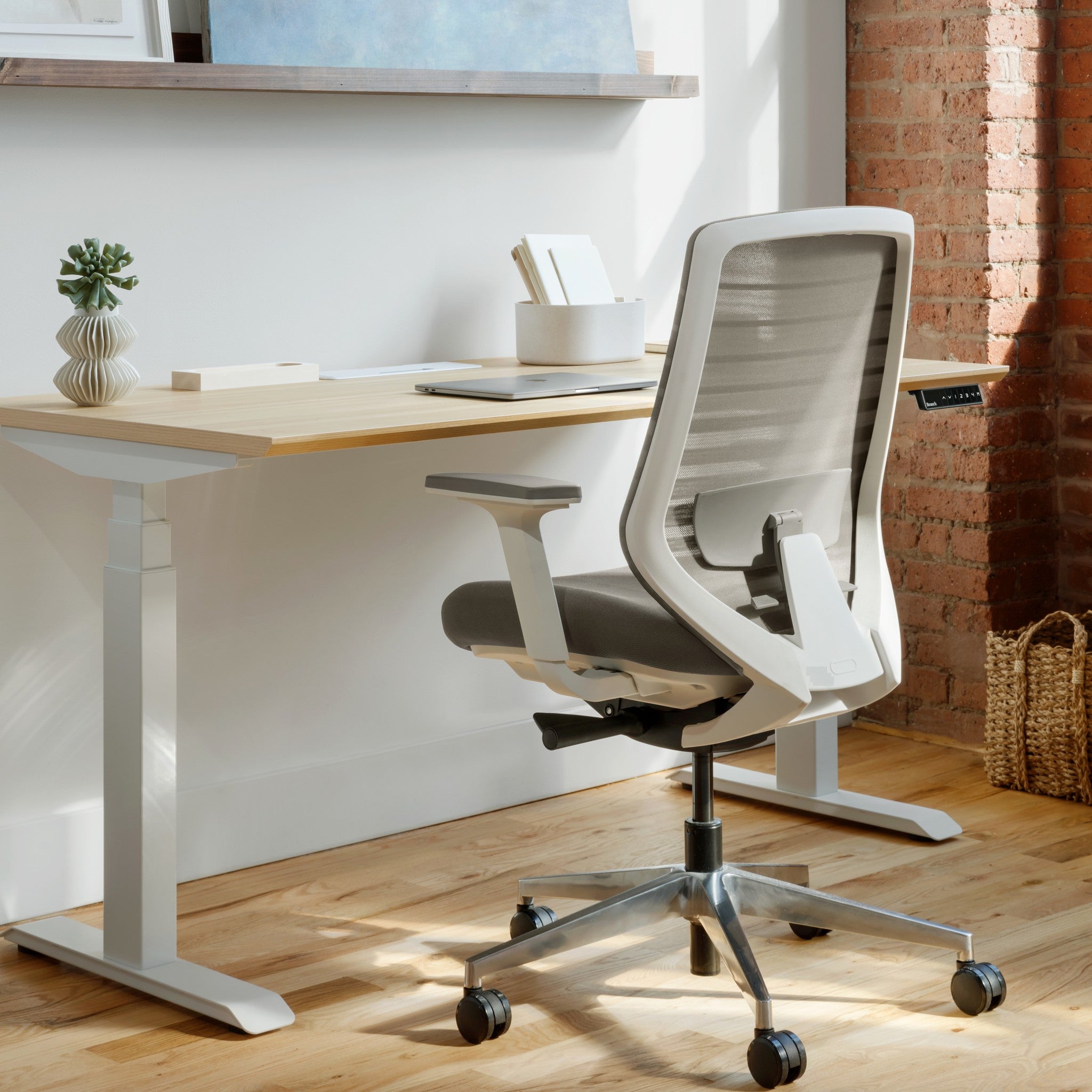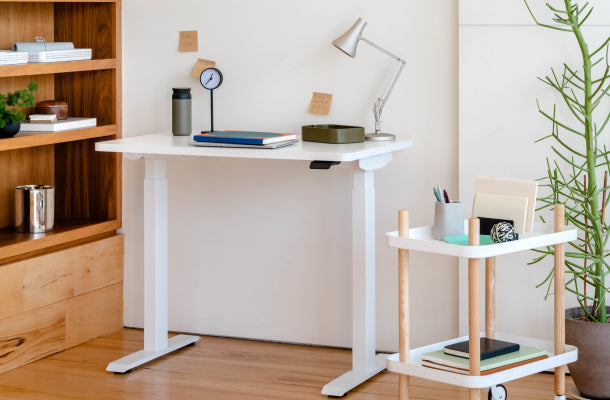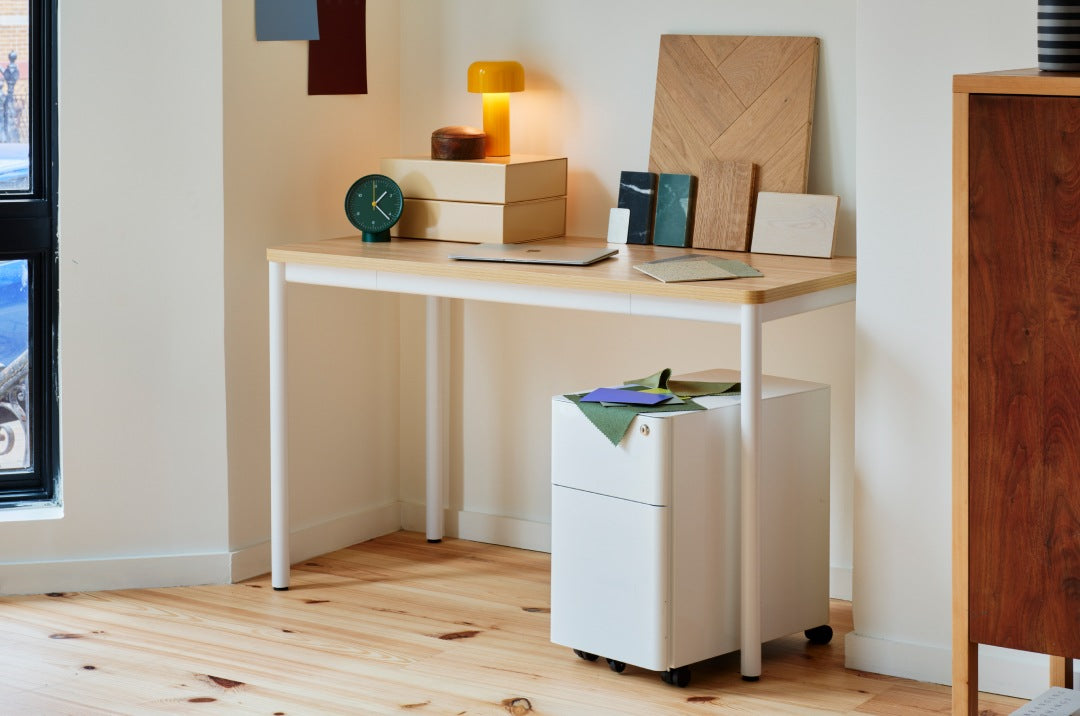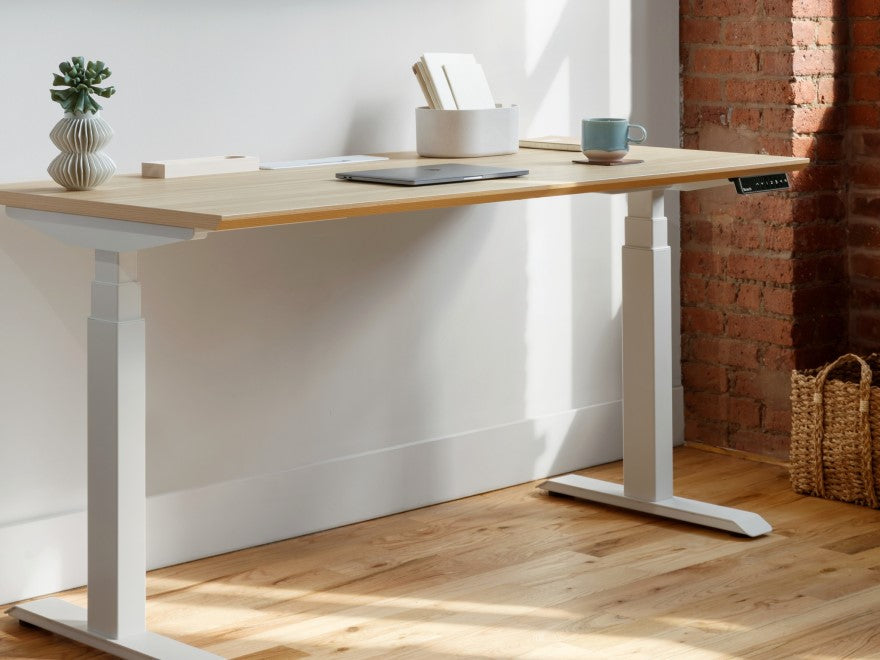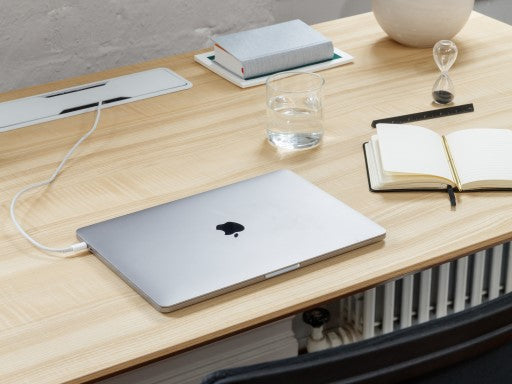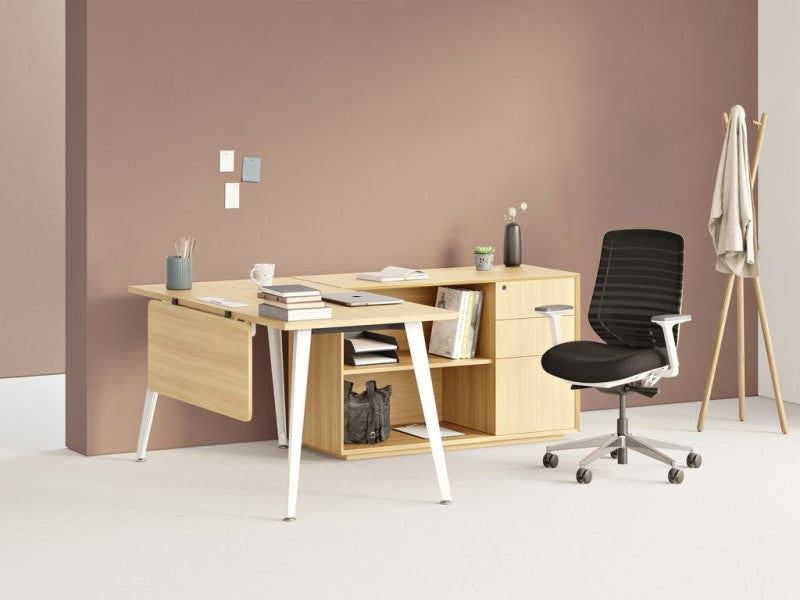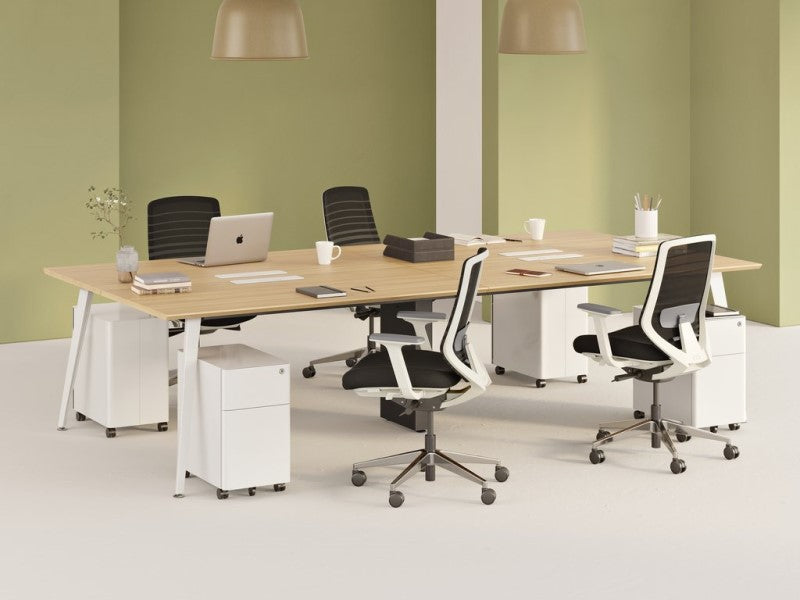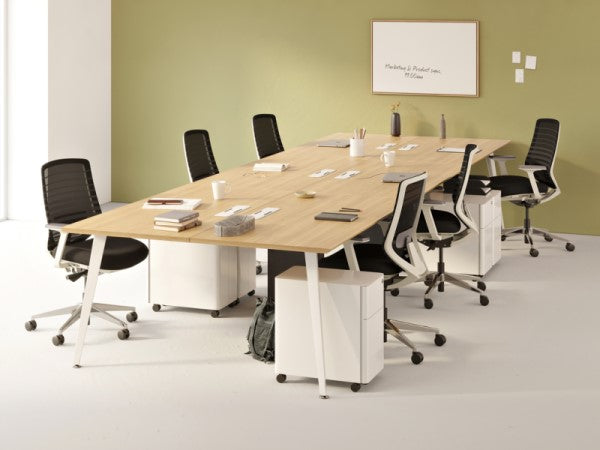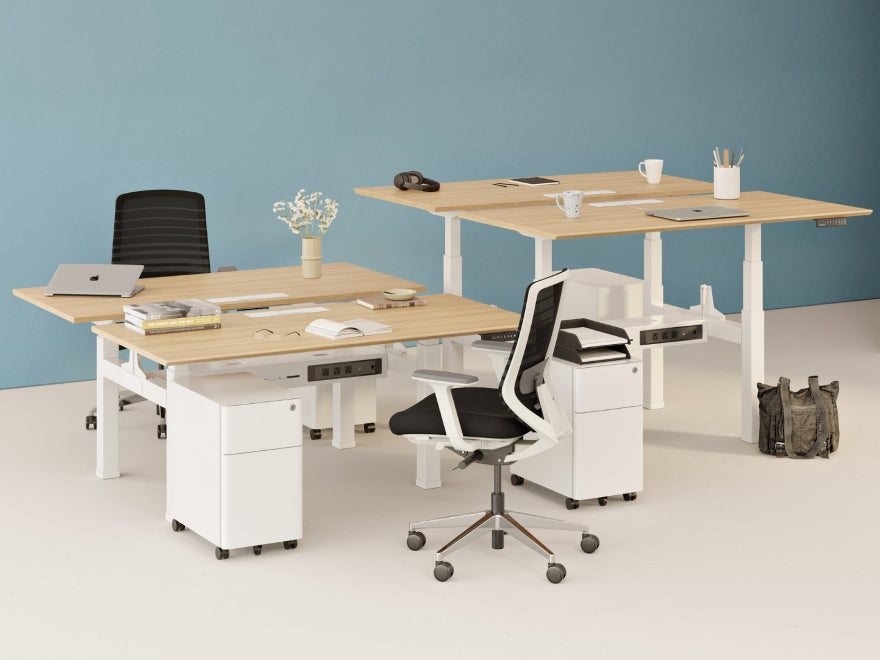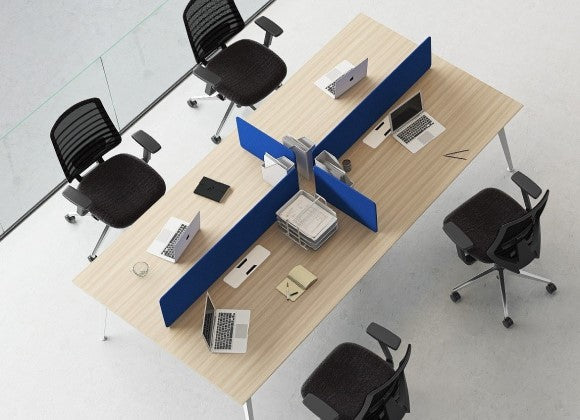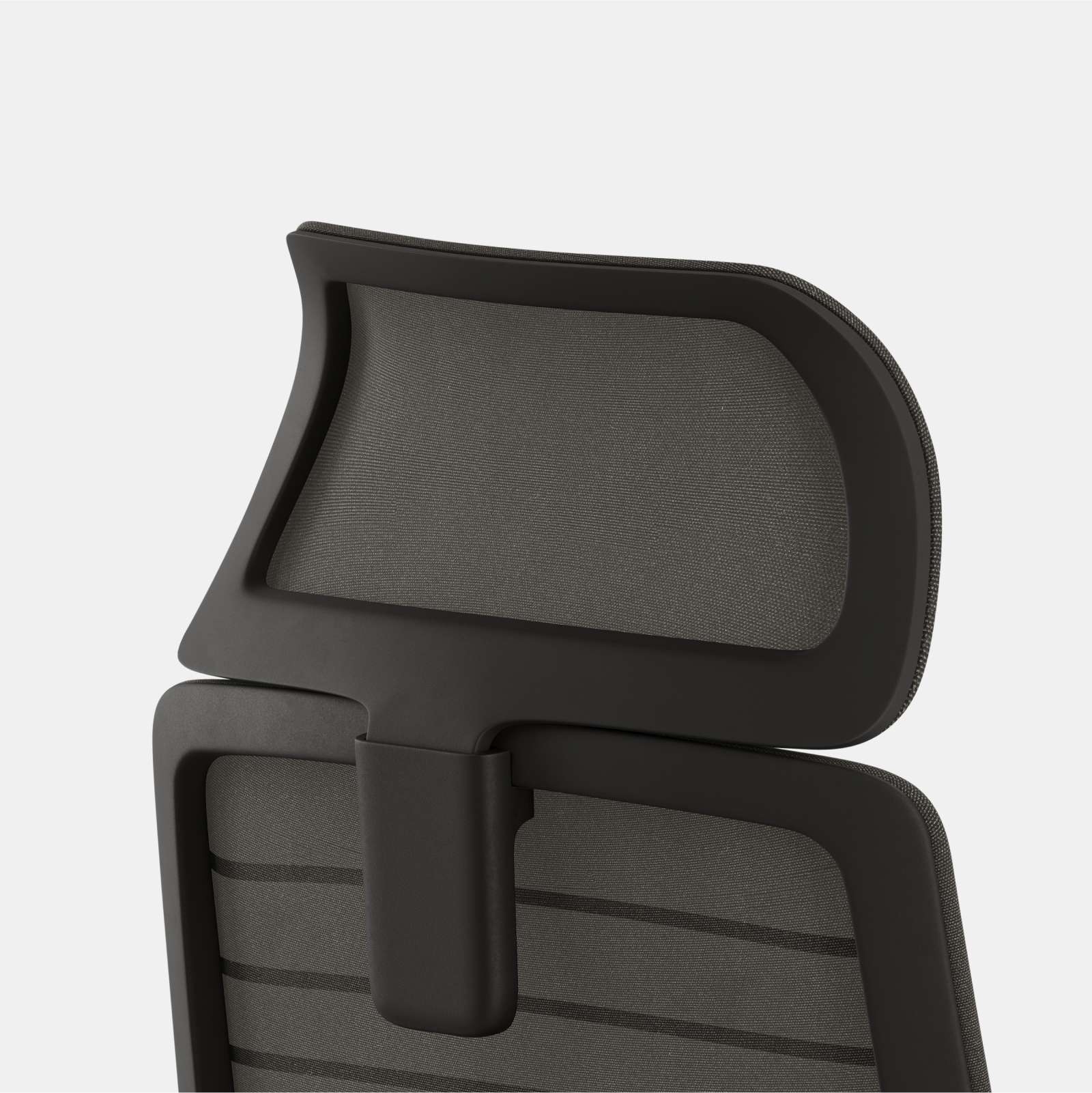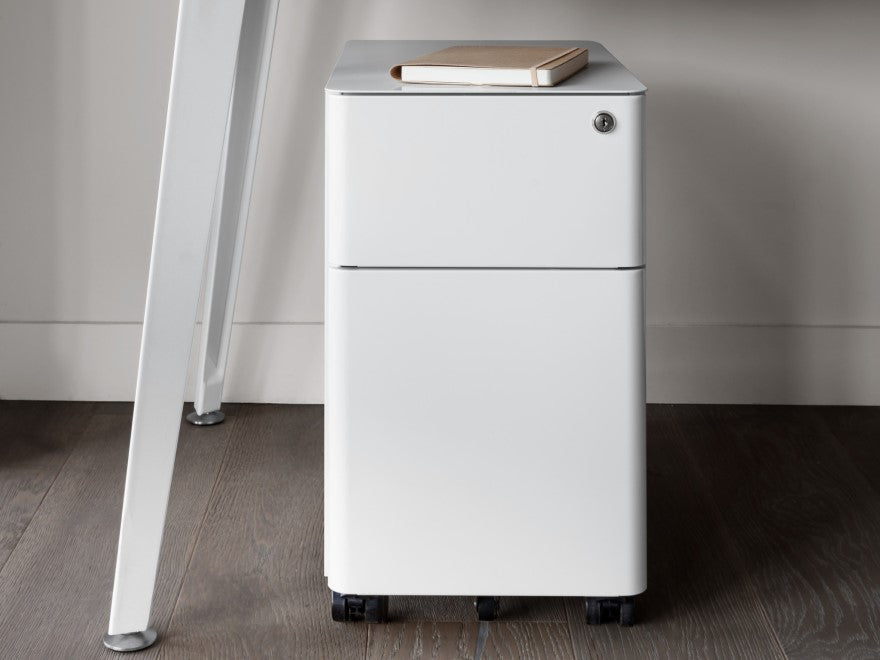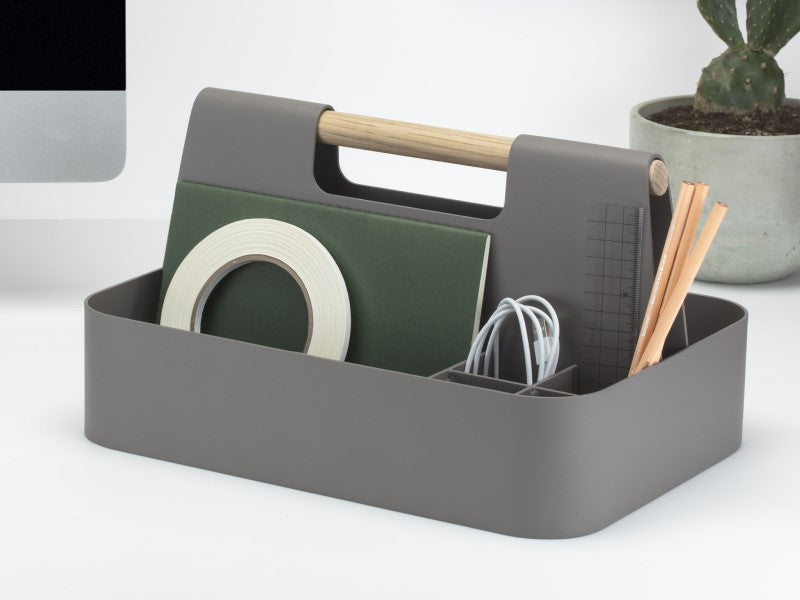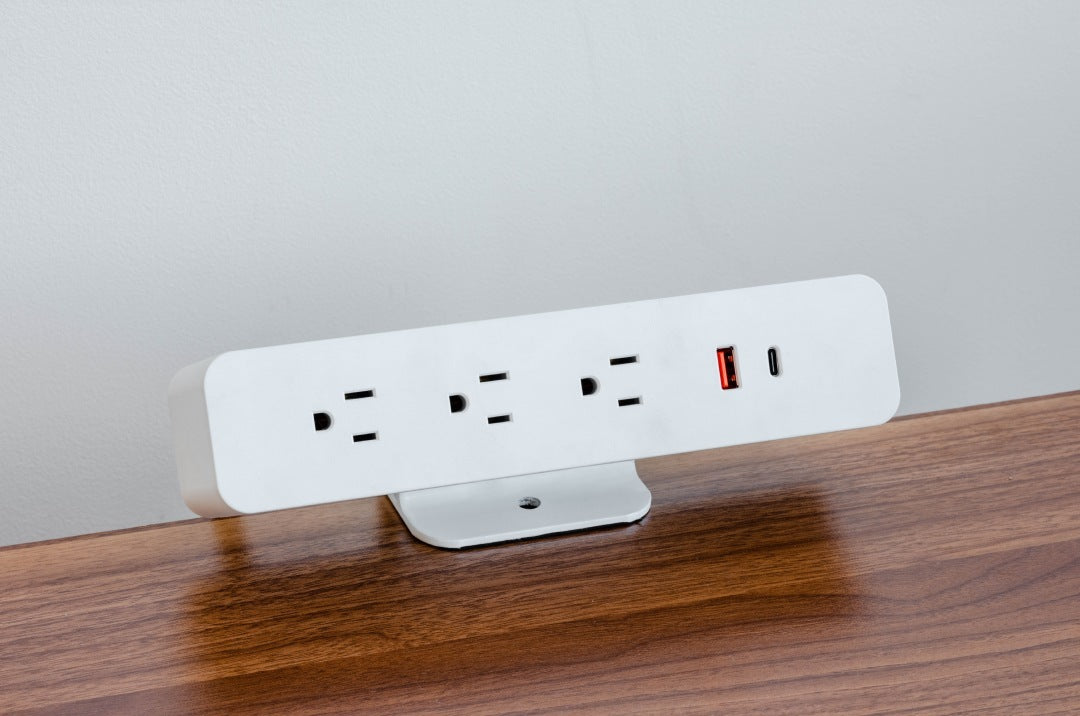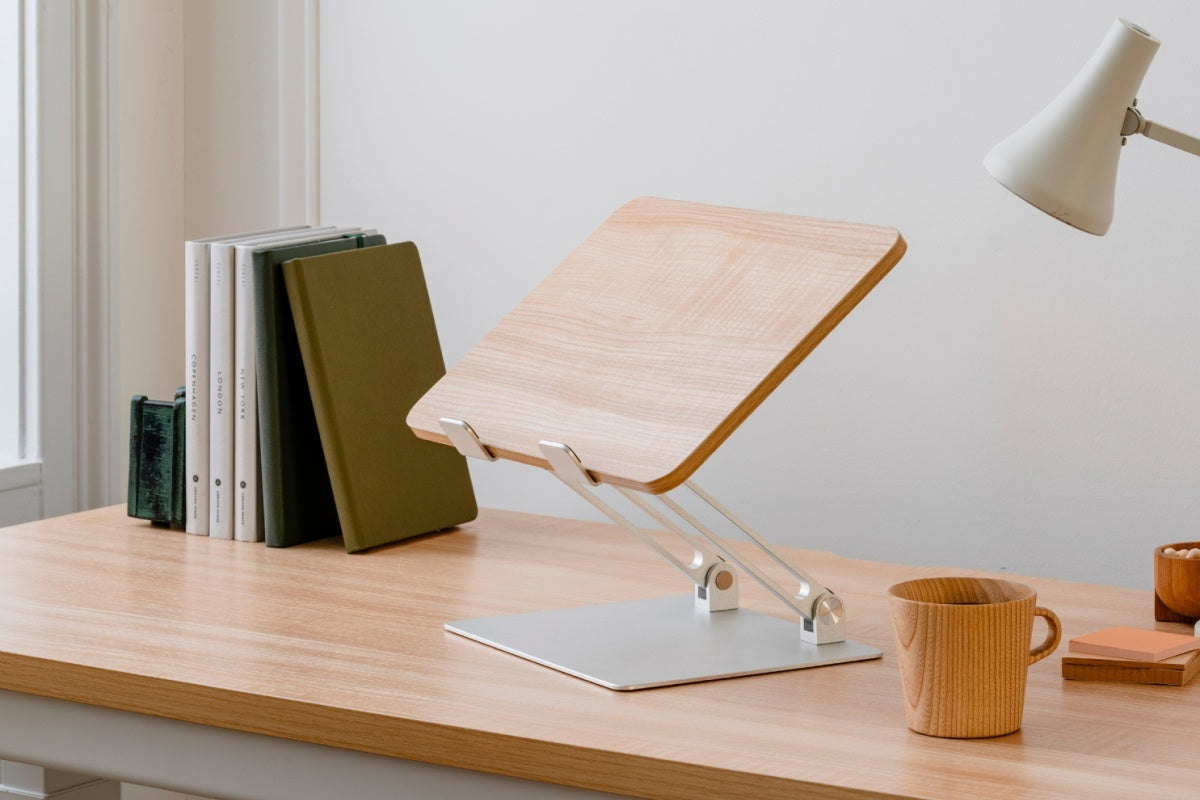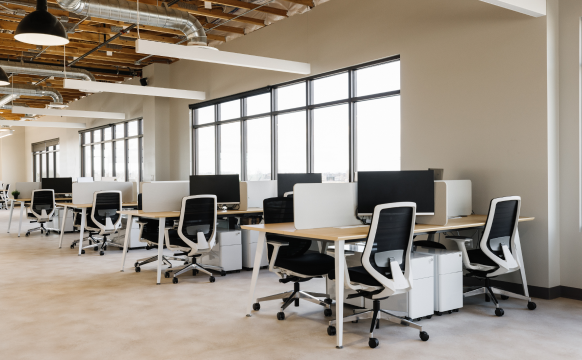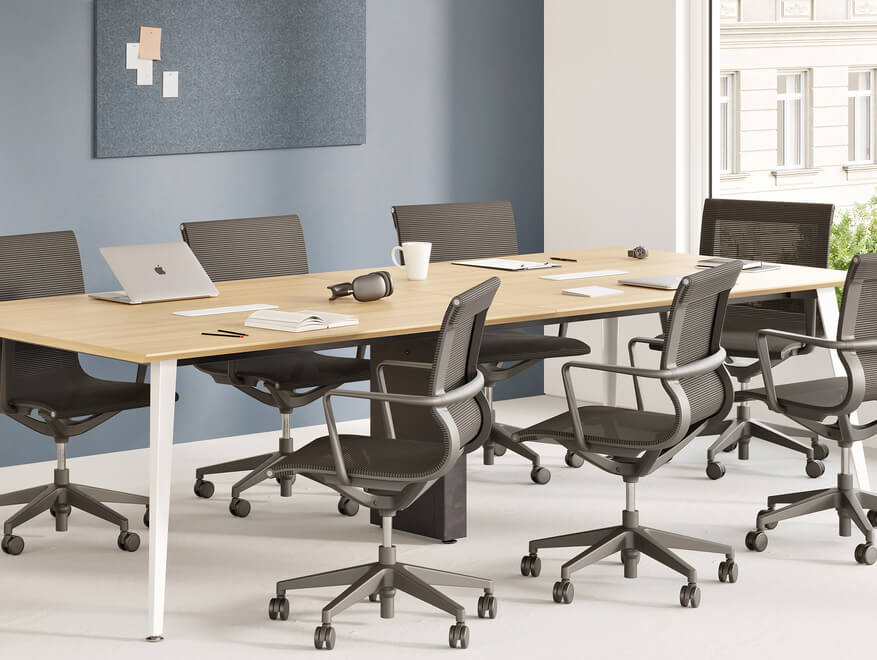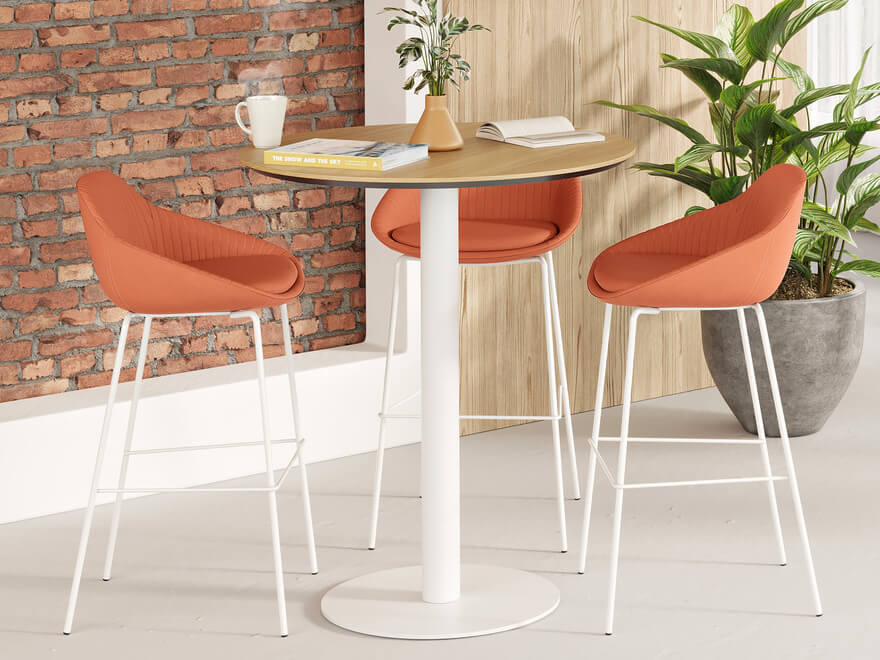The sinking of an office chair is usually due to issues with its pneumatic cylinder, a key component responsible for adjusting the chair's height. This cylinder contains compressed air, allowing the seat to rise or lower when the adjustment lever is used.
Over time, the cylinder's seal can wear out, leading to a slow loss of air pressure. As a result, the chair can no longer hold its height and begins to sink gradually.
Wear and tear are common culprits in this scenario. Regular use, especially if the chair bears more weight than its designed capacity, can hasten the deterioration of the cylinder. Additionally, abrupt or forceful movements, such as dropping into the chair, can also damage the cylinder over time.
Another reason could be a malfunction in the adjustment mechanism. The lever connected to the gas lift cylinder may become loose or broken, leading to ineffective height adjustments. In some cases, external factors like temperature changes can also affect the air pressure within the cylinder, albeit less commonly.
Understanding the mechanics behind your office chair’s height adjustment is the first step toward troubleshooting. Recognizing these signs of wear and potential malfunctions can help you determine whether a simple fix will suffice or if it’s time to replace the chair or its components.
In the following sections, we'll explore various tips to address these issues, ensuring your chair stays supportive and at the right height for your ergonomic comfort.

